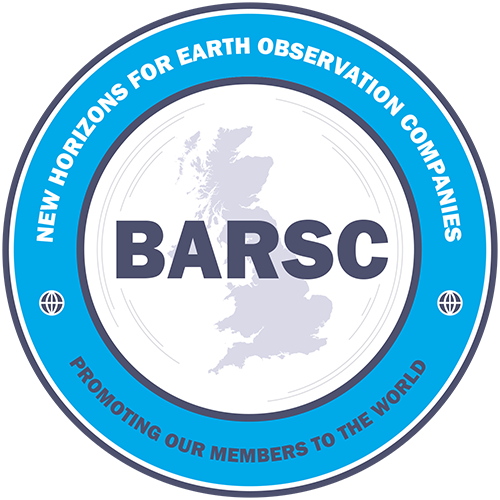RAIDACT is a feasibility study being undertaken by SEA for the Oil Innovation Technology Fund and focuses on the challenge of detecting and classifying sea ice approaching an exploration vessel.
Mobile ice is a danger in Arctic exploration campaigns and this project could ultimately lead to a system with the potential to detect and identify ice in real time. This will enable more accurate decisions to be made concerning whether operations can continue, or if it is necessary to stop operations and move.
Ice is nine-tenths submerged; a small iceberg with a mass of 100,000 tonnes might only have a freeboard of two metres, which can be difficult to detect by navigation radars in normal sea conditions. Polarimetric radar systems on earth observation satellites have been proven as a means of classification, but it takes time to deliver and process the data.
The team at SEA consider that it is possible to design a radar system that will provide real-time ice classification and plotting, potentially associated with a system on an airborne platform. This could be deployed above the ice giving the means to distinguish extent and thickness, and hence how much damage it might do.

